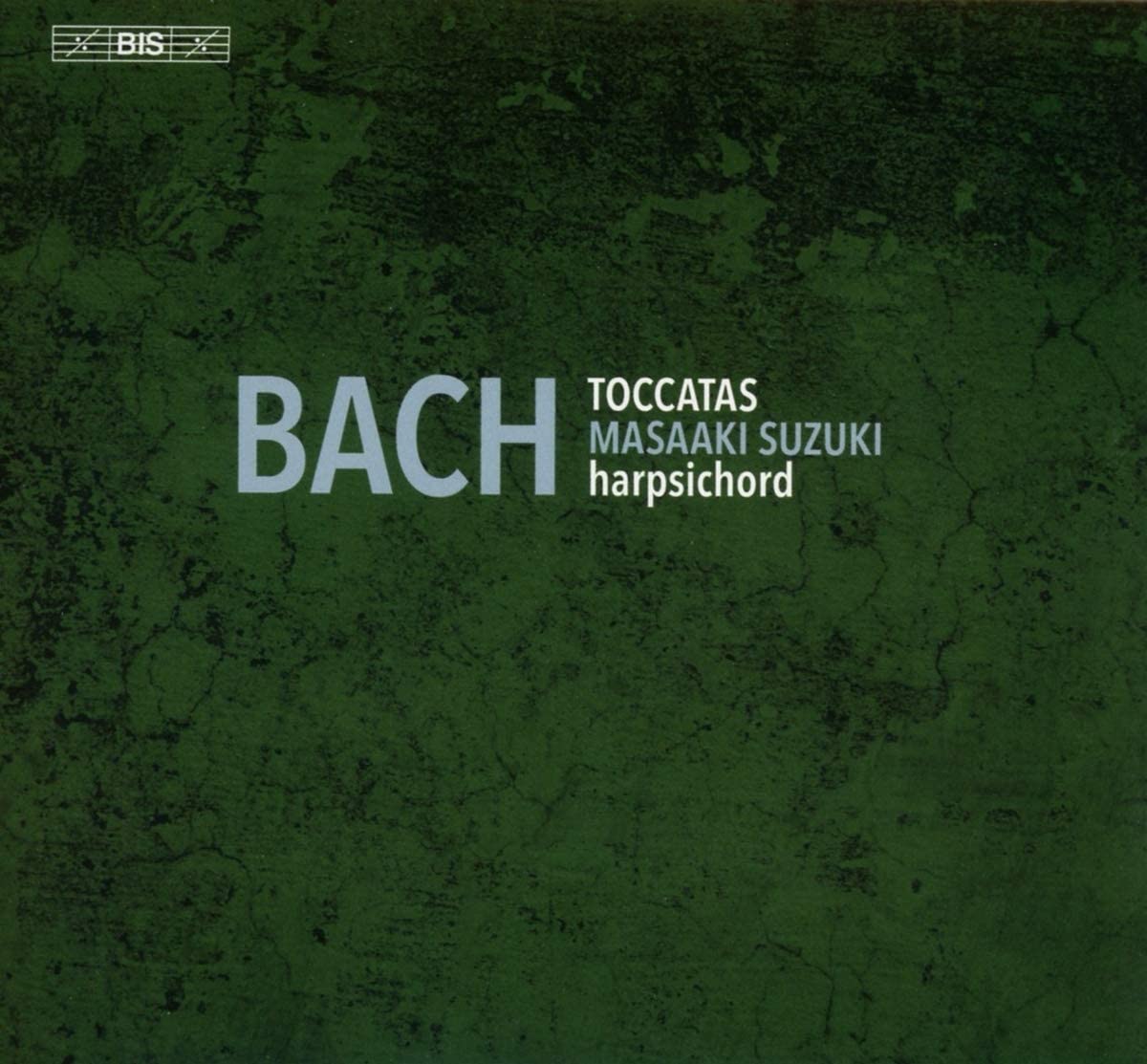Masaaki Suzuki harpsichord
69:04
BIS-2221 SACD
Click HERE to buy this on amazon.co.uk
The set of ‘Six toccatas, for the clavir’ mentioned in the 1750 catalogue seems to have been among Bach’s early compositions. No autograph copy survives, but copies of older versions of BWV 912 and 913 existing in Johann Sebastian’s older brother’s hand seem to date from around 1704. Christoph Wolff dates the revised set of six – a set like the Sei Soli or the French and English Suites – to around 1707-8, with the G major BWV 916, with its distinctive and Italianate concerto three-movement structure, added or linked to them in around 1710. The earlier Sei are more truly in the North German style, with opening flourishes and some solid homophonic chords that establish the tonality, followed by the first of the fugati, then a slower passage of a more truly melodic type before a further fugue that leads to a conclusion. So, although the pieces appear to be extended improvisations and are marked manualiter, they follow the models that culminate in Buxtehude’s great pedaliter organ works, whether described at toccatas or not.
These pieces bear all the hallmarks of the improvisatory style of the truly instrumental stylus fantasticus, as Athanasius Kircher calls it. This kind of improvisatory composition, free from the constraints of setting a text or a descriptive programme, is therefore able to reflect the composer’s immediate response to his circumstances like the instrument he had been asked to test or the mood he was in. In England, these became known as fantasias, whether for keyboard or groups of viols, while the generic title for Bach’s semi-improvisatory works is toccata.
You can imagine Johann Sebastian being asked to try out a new harpsichord and using the traditional passagework with runs and arpeggios to test the evenness of the instrument throughout its range leading to more chordal sections to test the resonance; fugal sections test the clarity of the instrument in part-writing and somewhere there will be a more melodic passage to see how well it sings. Later these elements would be refined to the Prelude and Fugue that formed the more disciplined structure of the components of the 48, but at this stage earlier compositional models were being explored.
Suzuki is a seasoned keyboard performer, though better known for directing his Bach Collegium Japan and for being the source and inspiration behind the complete set of cantata recordings, secular as well as sacred. The best historically informed practice underscores his playing, and this is a mature, relaxed and apparently effortless performance. Arpeggios and arabesques are tossed off, fugues are shaped with a clarity of articulation that shows he understands their deep structure and under his hands the instrument – a copy of a substantial two-manual Ruckers by Willem Kroesbergen of Utrecht in 1982 – is coaxed into singing rather than hammered into jangling. This is as good an introduction to Suzuki’s keyboard playing as any and we can appreciate his musicianship at work in these complex and varied works.
David Stancliffe
